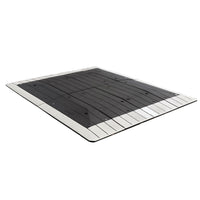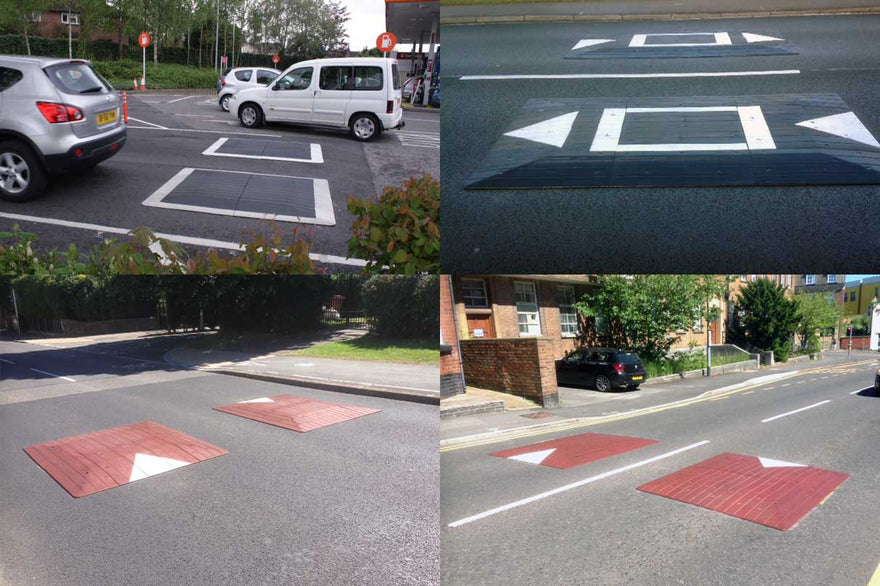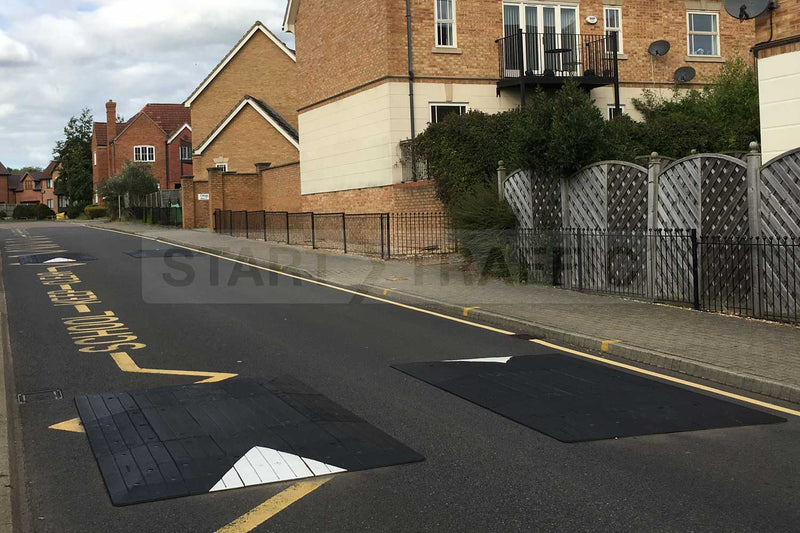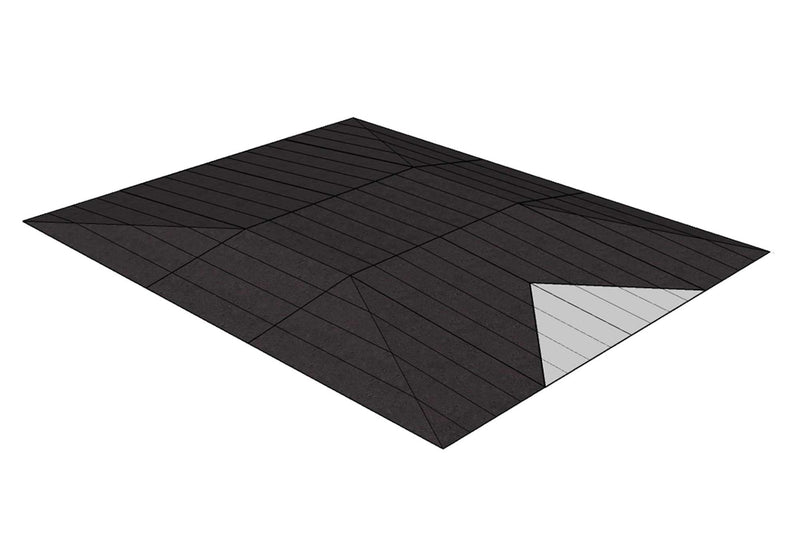Getting The Best Road Speed Cushions For Your Needs
Consider the following factors when choosing the best speed cushions for your space:
We are dispatching same-day for all "in stock" items ordered before 2pm.
Your basket is currently empty.

Rubber speed cushions are an excellent alternative to speed bumps. They serve the same purpose, requiring a vehicle to slow down, but feature a longer, smoother ramp made from recycled rubber. This makes them quieter, as energy from the moving vehicle is better absorbed. The modular construction of speed cushions means that only drilling and bolting down is required to install. Almost any size is available to suit any width of road, and their ultra hard wearing design means they can withstand years of traffic.
Read more
Speed cushions are an effective traffic calming method similar to speed bumps and speed tables; they are designed to reduce the speed of passing vehicles, especially in speed-sensitive areas like residential neighbourhoods and school zones. Speed cushions are designed to be longer and flatter than your traditional speed bump, whilst not occupying the entire width of a road. This reduces vehicle speeds in a more controlled, gradual way, whilst causing less wear (and eventual damage) to the vehicle. For this reason, speed cushions are usually installed in multiple instances along a road, and are always paired with other traffic calming measures to optimise vehicle and pedestrian safety.
The unique design of speed cushions means that they are wide enough to slow down cars but narrow enough to let large vehicles like school buses and emergency vehicles pass over them without significantly affecting them. This feature is a huge advantage, making speed cushions a perfect choice for areas where access for larger vehicles is important, but the speed of smaller vehicles must be managed.
Like traditional speed bumps, speed cushions are often modular units that are bolted or stuck onto the road surface, allowing for easy installation and maintenance. These bolt-down speed cushions are usually made from softer, durable materials like rubber or recycled plastics that can be easily installed but don't damage the vehicles using them. This also gives the other benefit of being removable if road maintenance is needed, or if they are no longer needed. Concrete and asphalt versions also exist, too, but expensive, lengthy groundworks must be undertaken to install them.



Consider the following factors when choosing the best speed cushions for your space:
Give our trained sales team a call on +44 (0)1905 794875, they will help you in choosing a suitable system for your needs and will also be happy to discuss discounts for bulk quantity requirements and special delivery need.
We have the full range shown above in stock on the shelf ready to ship out next day, we offer special delivery services and can even arrange same day delivery on many products.